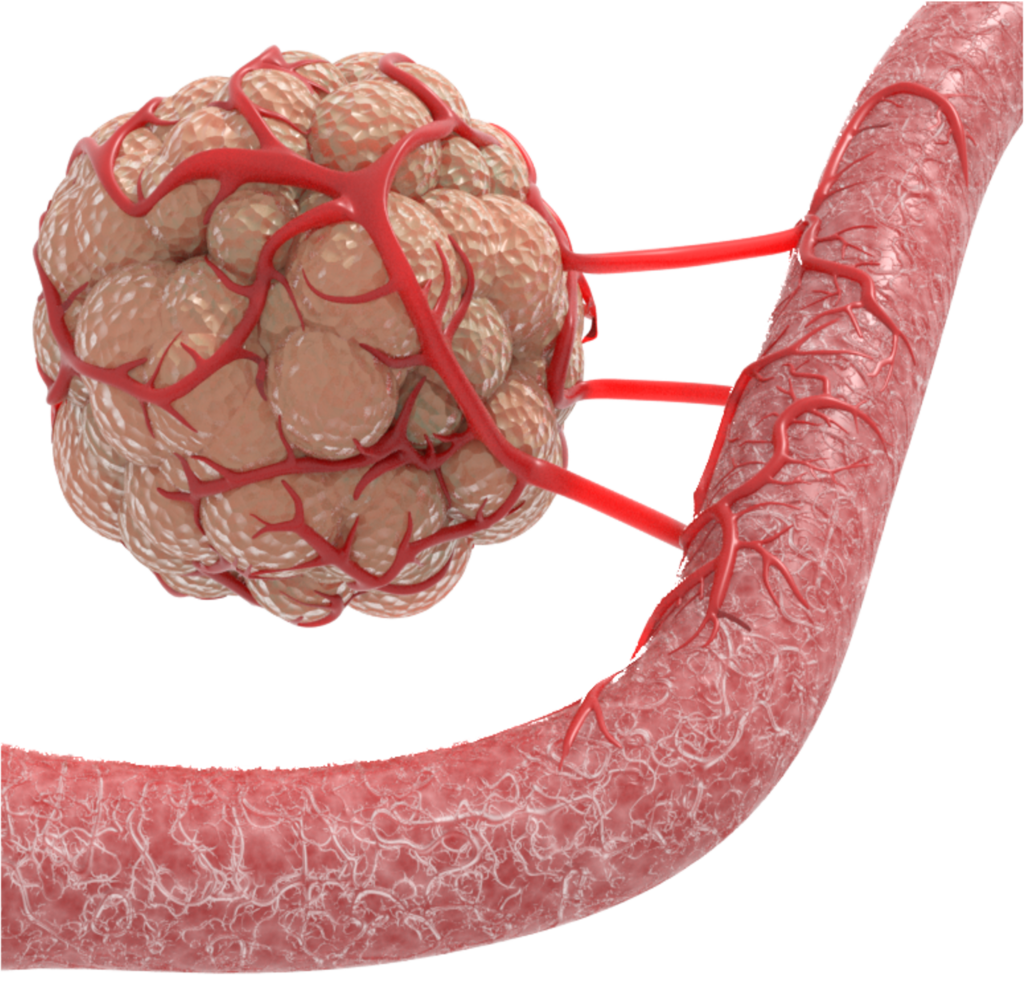Microdosimetry: characterizing the radiation properties
Microdosimetry is an essential technique for understanding and improving the effectiveness of radiation therapy and radiopharmaceutical treatments for cancer. Microdosimetry helps predict DNA damage, cell killing, and other biological effects by analyzing how radiation energy is distributed on a microscopic scale. This information is vital in optimizing advanced therapies like proton and alpha-targeted therapy. Moreover, […]
Microdosimetry: characterizing the radiation properties Read More »







